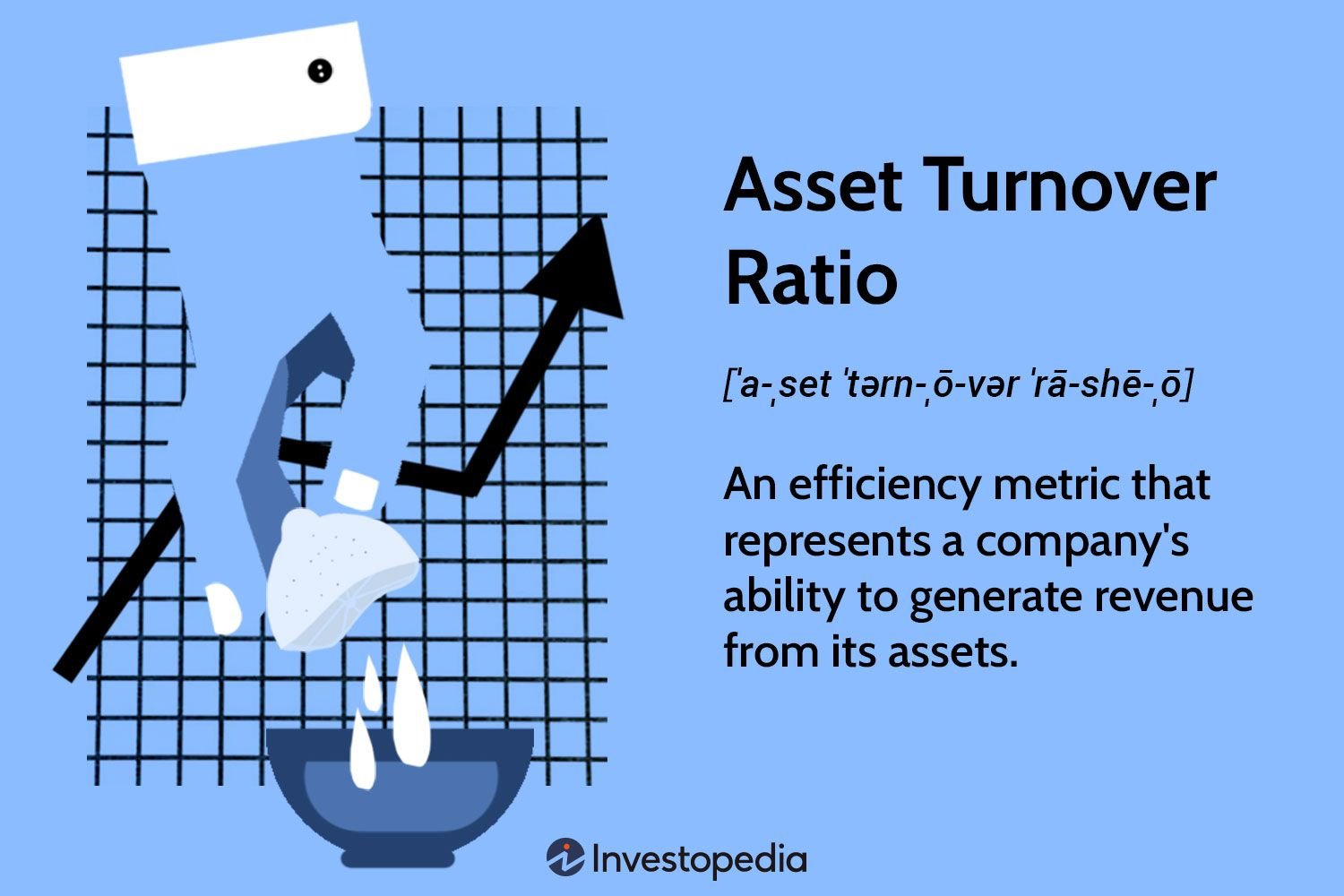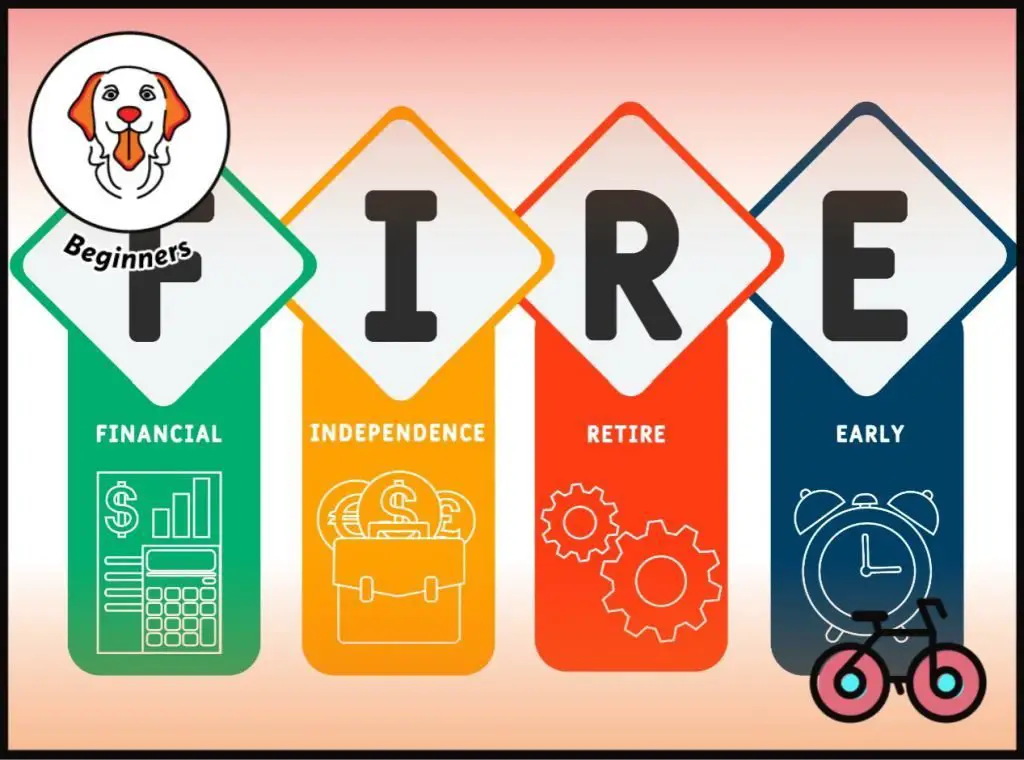Looking to secure a brighter future for yourself or your loved ones through higher education? Seeking a guide to saving for college education? Look no further! In this blog article, we will delve into the essential strategies and expert tips that will help you make smart financial decisions to fund your college journey. From exploring different savings options to maximizing scholarships and grants, we’ve got you covered. So, let’s embark on this exciting adventure of planning and preparing for college, where dreams become reality with careful financial planning and determination.
Guide to Saving for College Education
Welcome to our comprehensive guide on saving for college education! Planning for the future can be overwhelming, especially when it involves the financial aspects of higher education. However, by taking proactive steps and understanding the various options available, you can ensure that your child’s college dreams become a reality without placing an enormous burden on your finances. In this guide, we will explore different strategies, accounts, and resources that will help you save for your child’s college education in a smart and efficient way.
Section 1: Understanding the Importance of Saving for College
Saving for college is crucial because it allows you to build a solid foundation to fund your child’s educational journey. Here are some key reasons why saving for college education is essential:
- Rising Tuition Costs: College tuition costs have been steadily increasing, and it’s expected to continue in the future. By saving early, you can stay ahead of these rising costs and avoid excessive student loan debt.
- Financial Security: Saving for college helps ensure financial security for your child, allowing them to focus on their studies rather than worrying about the burden of paying for education.
- Flexibility: By having savings set aside, you provide your child with more options when it comes to choosing a college or pursuing their desired field of study.
- Teaching Financial Responsibility: Saving for college educates your child about the importance of financial planning and responsibility, setting them up for success in managing their finances in the future.
Section 2: Creating a College Savings Plan
Now that we understand the significance of saving for college, let’s dive into creating a solid college savings plan:
Step 1: Set Your Savings Goals
Before you start saving, it’s crucial to determine your savings goals. Consider factors such as the anticipated cost of college, the number of years until your child starts college, and how much you can realistically contribute each month. This will give you a target to work towards and help you stay on track.
Step 2: Research Potential College Funding Options
There are various options available when it comes to funding your child’s college education. Here are some popular choices:
- 529 Plans: 529 plans are state-sponsored education savings accounts that offer tax advantages. They allow you to invest funds in a variety of investment options, and withdrawals for qualifying education expenses are tax-free.
- Coverdell Education Savings Accounts: Coverdell ESAs offer tax benefits similar to 529 plans, but with slightly different contribution limits and investment options.
- Savings Accounts: Traditional savings accounts can also be utilized for college savings. While they don’t offer specific tax advantages, they provide flexibility and accessibility.
- Custodial Accounts: Custodial accounts, such as UTMA or UGMA accounts, allow you to save and invest on behalf of your child. Once your child reaches a certain age, the funds become their responsibility.
- Scholarships and Grants: Research and explore potential scholarships and grants that your child may qualify for. These can significantly reduce the financial burden of college expenses.
Note: It’s essential to consult with a financial advisor or tax professional to understand the specific details and tax implications of each option, as they can vary based on your location and circumstances.
Step 3: Decide on an Investment Strategy
When saving for college, it’s important to consider your investment strategy. While the specifics will vary based on your risk tolerance and the time until your child starts college, here are some general guidelines:
- Start Early: The earlier you start saving, the more time your investments have to grow. Compound interest can significantly enhance your savings over time.
- Diversify Investments: Consider diversifying your investments by choosing a mix of stocks, bonds, and other options. This helps spread the risk and potentially increases your returns.
- Rebalance Periodically: As your child gets closer to college, gradually shift your investments towards safer options to protect your savings from market volatility.
Section 3: Maximizing College Savings Potential
In this section, we will explore additional strategies and resources to maximize your college savings potential:
1. Seek Out Additional Income Sources
Increasing your income through various avenues can significantly boost your college savings. Consider the following options:
- Take on a side gig or freelance work
- Start a small business
- Invest in income-generating assets
2. Research Available Tax Benefits
Make sure you take advantage of any available tax benefits to optimize your savings. Some common tax benefits include:
- American Opportunity Tax Credit
- Lifetime Learning Credit
- Tuition and Fees Deduction
- Education Savings Bond Program
3. Explore Employer-Sponsored Programs
Check if your employer offers any college savings programs or matching contributions. Employer-sponsored programs can provide an additional boost to your savings efforts.
4. Regularly Review and Adjust Your Savings Plan
As your financial situation and goals evolve, it’s important to review and adjust your college savings plan accordingly. Regularly reassess your progress, increase contributions when possible, and explore additional investment opportunities.
Section 4: Resources and Tools for College Savings
Throughout your college savings journey, various resources and tools can assist you in achieving your goals. Here are some valuable resources to consider:
1. Online Savings Calculators
Online savings calculators help you estimate the amount you need to save for college and determine monthly contributions required to reach your goals. These calculators take into account factors such as the cost of college, inflation, and expected investment returns.
2. College Planning Websites
Explore college planning websites that provide comprehensive information and resources for saving, financial aid, scholarships, and more. Websites like CollegeBoard.org and Savingforcollege.com offer valuable insights and tools to help you navigate the college savings process.
3. Financial Advisors
Consider seeking guidance from a qualified financial advisor who specializes in college planning. They can provide personalized advice based on your unique financial situation and goals, helping you make informed decisions.
4. College Savings Apps
There are various mobile apps available that can assist you in tracking your savings progress, setting goals, and managing your college savings accounts. Some popular apps include Mint, Acorns, and CollegeBacker.
By using these resources, you can streamline your college savings journey and stay organized.
Saving for college education requires careful planning, dedication, and a proactive approach. By utilizing the strategies and resources outlined in this guide, you can set yourself and your child up for success. Start early, explore different savings options, and continuously review and adjust your plan. Remember, seeking guidance from professionals and using available tools can make the process more manageable. With a solid college savings plan in place, you can provide your child with the opportunity to pursue their dreams without the burden of overwhelming student loan debt. Happy saving!
the student guide to personal finance ???? adulting 101
Frequently Asked Questions
Frequently Asked Questions (FAQs)
How do I start saving for college education?
Start by creating a budget and setting aside a specific amount each month for college savings. Look for ways to reduce expenses and increase your income to save more. Consider opening a dedicated savings account or investing in a 529 plan specifically designed for education savings.
What is a 529 plan?
A 529 plan is a tax-advantaged savings plan designed to help individuals save for education expenses. It offers various investment options, and the earnings grow tax-free. Withdrawals used for qualified education expenses are also tax-free.
When should I start saving for college?
It is recommended to start saving for college as early as possible. The earlier you start, the more time your savings will have to grow through compounding interest. Ideally, you should begin saving when your child is young to maximize the savings potential.
What are the advantages of a 529 plan?
A 529 plan provides tax advantages, such as tax-free growth and tax-free withdrawals for qualified education expenses. It also offers flexibility in terms of contribution limits, investment options, and the ability to change beneficiaries.
Can I use college savings for expenses other than tuition?
Yes, you can use college savings for a variety of qualified education expenses. These may include tuition, fees, books, supplies, and equipment required for enrollment and attendance at eligible institutions. Additionally, some room and board expenses may also qualify.
What happens to my college savings if my child doesn’t go to college?
If your child decides not to attend college, or if there are remaining funds left in the account after educational expenses are covered, you have a few options. You can change the beneficiary to another eligible family member, save the funds for future educational purposes, or withdraw the money with potential tax implications.
Are there any penalties for withdrawing from a 529 plan?
If you withdraw funds from a 529 plan for non-qualified expenses, you may be subject to income tax on the earnings portion of the withdrawal, along with a 10% federal tax penalty. However, certain exceptions may apply, such as if the beneficiary receives a scholarship.
What if I can’t afford to save much for college?
Even small contributions towards college savings can make a difference. It’s important to save what you can, no matter the amount. Every dollar saved is a dollar less you will need to borrow in the future. Consider exploring financial aid options and scholarships as well.
Are there any alternatives to saving for college?
Yes, there are alternative ways to save for college. Some options include Coverdell Education Savings Accounts (ESA), custodial accounts like UTMA/UGMA, and Roth IRAs. Each option has its own rules and limitations, so it’s essential to research and understand them before making a decision.
Final Thoughts
In conclusion, this guide to saving for college education provides valuable insights and strategies to help you plan and prepare for this significant financial commitment. By starting early, setting clear goals, and employing a combination of savings accounts, scholarships, grants, and student loans, you can ensure a smooth and stress-free college funding journey. Additionally, be proactive in researching and applying for scholarships and grants and consider exploring tax-advantaged savings plans like 529 accounts. With careful planning and consistent savings efforts, you can successfully save for your child’s college education.



